
Trees are consumed by flames as an out-of-control wildfire burns near Willow, Alaska, on June 14. (Stefan Hinman/Mat-Su Borough via Reuters)
This story has been updated.
Following on a record hot May in which much snow cover melted off early, Alaska saw no less than 152 fires erupt over the weekend. The numbers have only grown further since then, and stood at 291 active fires Thursday,according to the Alaska Interagency Coordination Center.
“Given the high number of fires and the personnel assigned to those fires, the state’s firefighting resources are becoming very limited, forcing fire managers to prioritize resources,” noted the state’s Department of Natural Resources Tuesday. The preparedness level at the moment for the state is 5, meaning that “resistance to control is high to extreme and resistance to extinguishment is high.”


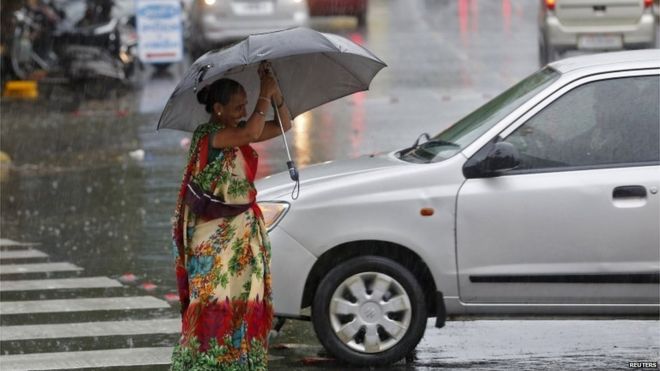
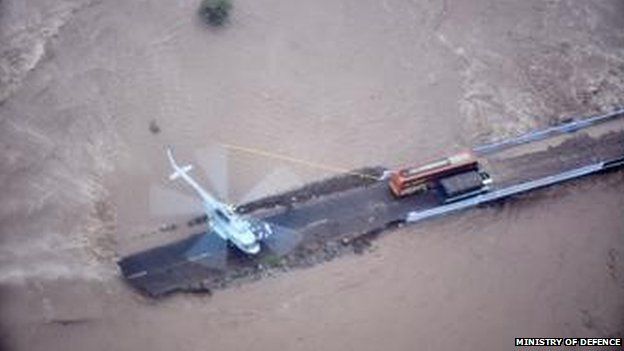
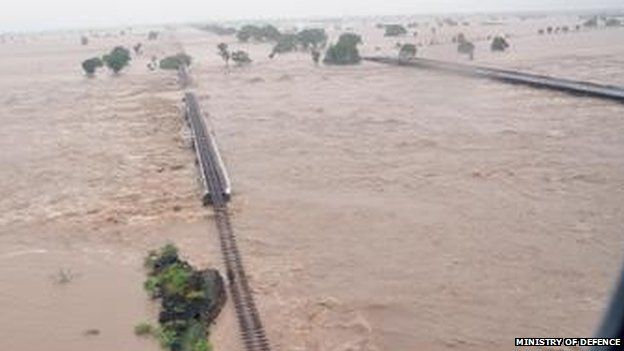
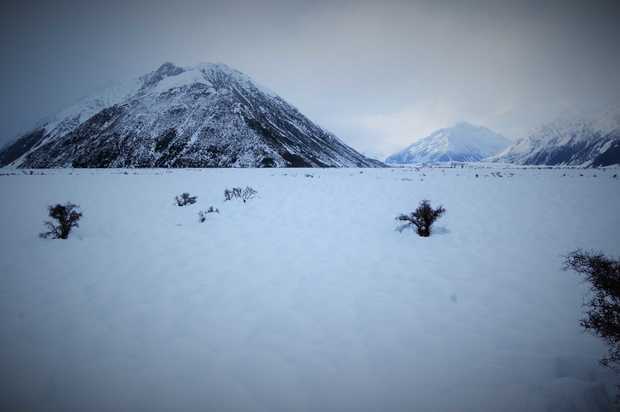
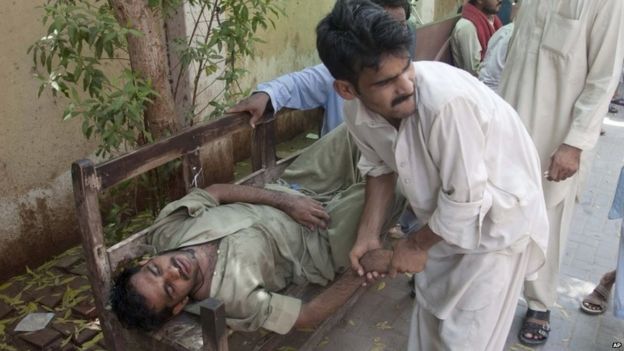
You need to be a member of Earth Changes and the Pole Shift to add comments!
Join Earth Changes and the Pole Shift